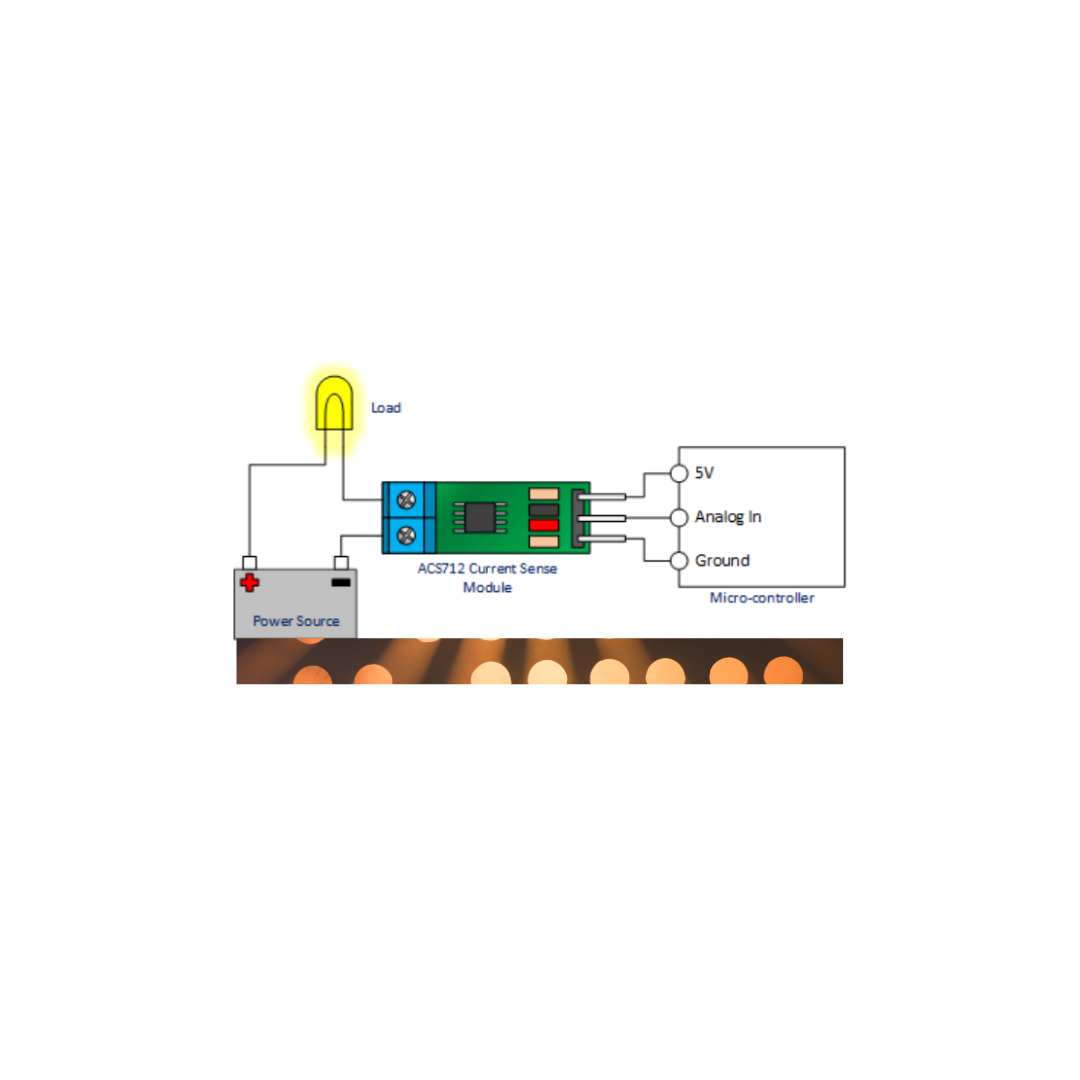Machine Learning Algorithms.The global rise in cesarean deliveries often performed out of precaution rather than medical necessity highlights the need for objective decision-making tools in obstetrics. This study explores the application of machine learning algorithms to predict the mode of childbirth, distinguishing between vaginal normal and cesarean deliveries. By analyzing maternal and fetal health data, this project evaluates the effectiveness of multiple algorithms and feature selection methods to identify the most critical clinical parameters influencing delivery outcomes. The ultimate aim is to assist healthcare professionals in making evidence-based decisions that improve maternal and neonatal care.
Objectives
Predict the mode of childbirth using of clinical and maternal health data.
Compare the performance of various machine learning algorithms.
Identify key predictive features related to the maternal and fetal health.
Provide data driven decision support for the obstetric care planning.
Problem Statement
Obstetricians frequently rely on subjective clinical judgment to determine the method of delivery, which may lead to unnecessary cesarean procedures. These interventions can pose avoidable risks to both mother and child. A predictive system based on machine learning could offer a more objective, accurate approach by analyzing pre-labor clinical indicators. This project aims to develop such a model to classify childbirth mode, enabling timely and informed medical interventions.
Literature Review Summary
Research in maternal health analytics has demonstrated the potential of machine learning in medical predictions. Traditional algorithms such as logistic regression and decision trees offer a foundation for classification but struggle with complex, nonlinear relationships. More advanced ensemble models like Random Forest and XGBoost have shown superior accuracy in healthcare datasets. Additionally, feature selection and interpretation tools—such as SHAP SHapley Additive Explanations and Recursive Feature Elimination (RFE)—are essential for understanding the contribution of each clinical factor. Despite the promise of these methods, few studies combine algorithm comparison with interpretability, which this project addresses.
Dataset Overview
The dataset comprises anonymized records of pregnant individuals, with features representative of both maternal and fetal conditions. The structure is outlined below:
FeatureDescription Mother’s Age Age of the mother (years) Blood Pressure Systolic and diastolic readings Fetal Heart Rate Beats per minute Fetal Weight: Estimated fetal weight (kg) Fetal Position Cephalic, breech, etc. Previous C-section Yes/No (binary indicator) Gestational Age Weeks of gestation Labor Duration Duration of labor (in hours) Mode of Childbirth Target variable: Normal / C-section
Methodology
1.Data Collection
Data sources may include hospital records, medical research datasets (e.g., UCI, Kaggle), or synthetically generated data that follows clinical standards.
2.Data Preprocessing
Addressing missing values
Normalizing and scaling continuous variables
Encoding categorical variables into numerical form
Dividing the dataset into training and testing sets
3.Algorithm Selection
To build and evaluate predictive models, the following machine learning algorithms are used:
Logistic Regression
Decision Tree
Random Forest
XGBoost
Support Vector Machine (SVM)
k-Nearest Neighbors (KNN)
4.Feature Selection
Techniques used to identify and interpret key features:
Recursive Feature Elimination (RFE)
Random Forest-based feature importance
SHAP value analysis
Correlation analysis
5.Evaluation Metrics
Models are assessed using the following performance indicators:
Accuracy
Precision
Recall
F1-Score
Confusion Matrix
ROC-AUC Score
Results Summary (Illustrative)
Algorithm Accuracy) Logistic Regression 85% Decision Tree 83% Random Forest 92% XGBoost 93% SVM 88% KNN 80%
Top 5 Predictive Features Identified:
Fetal Position
Gestational Age
Previous C-section
Mother’s Age
Blood Pressure
Key Insights
Fetal position and gestational age are the most significant predictors of delivery mode.
Ensemble learning models such as Random Forest and XGBoost outperform traditional algorithms in accuracy and robustness.
Feature selection enhances model interpretability and reduces overfitting, making results more clinically relevant.
Conclusion
The project successfully applies machine learning to predict the mode of childbirth with high accuracy and interpretability. The best-performing models, namely Random Forest and XGBoost, serve as effective decision support systems for obstetric care. Identifying critical clinical features aids in early planning and ensures safer delivery outcomes.
Future Work
Incorporate additional medical variables such as BMI, blood sugar levels, family history, and parity.
Leverage real-time monitoring data (e.g., uterine contractions, fetal movement) for dynamic prediction.
Develop a hospital-compatible application (web or mobile) for live deployment and usage in clinical settings.
References
UCI Machine Learning Repository
World Health Organization (WHO) reports on maternal health
IEEE and Elsevier journals on medical data science
Documentation from Scikit-learn, XGBoost, and SHAP


